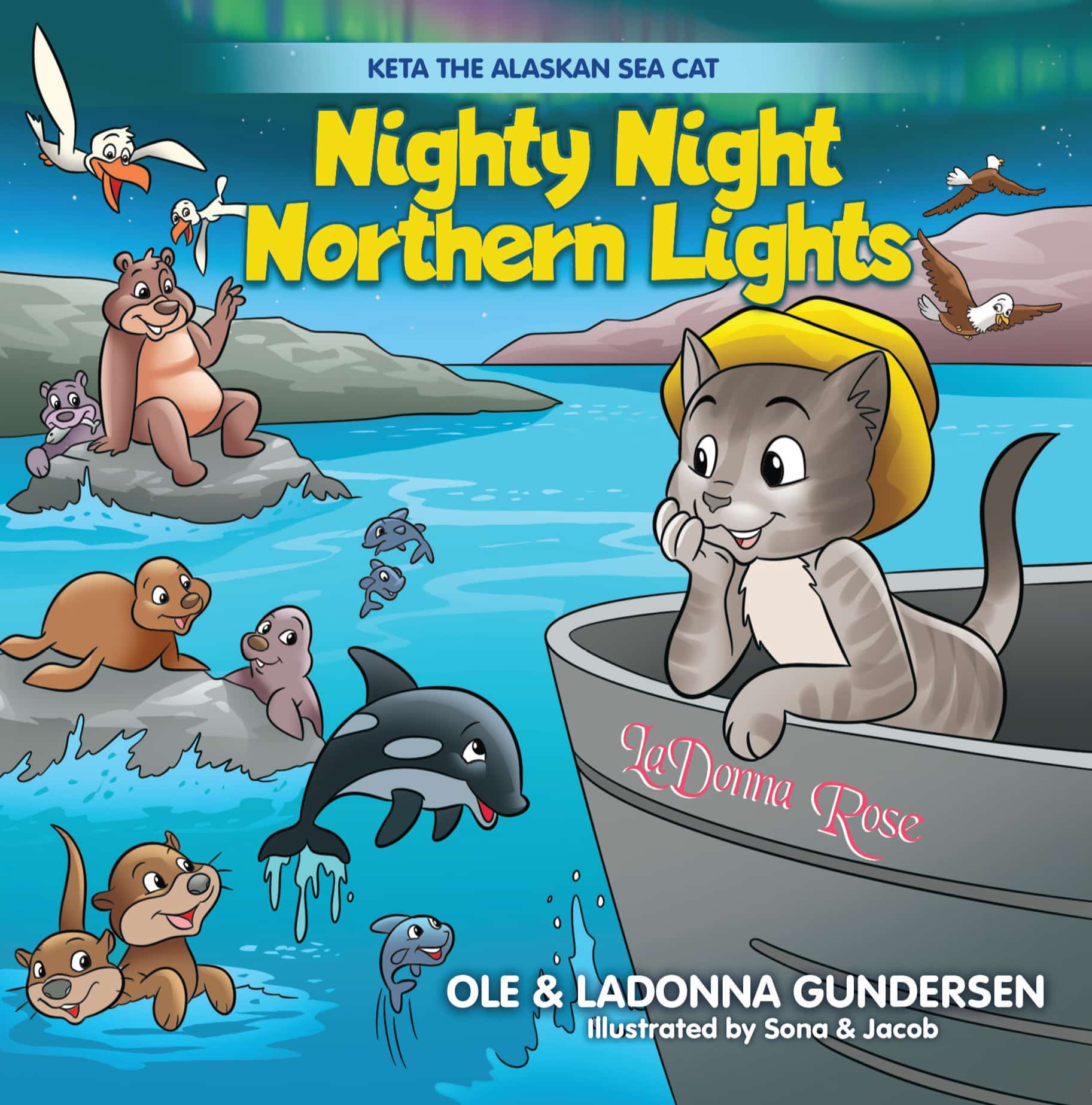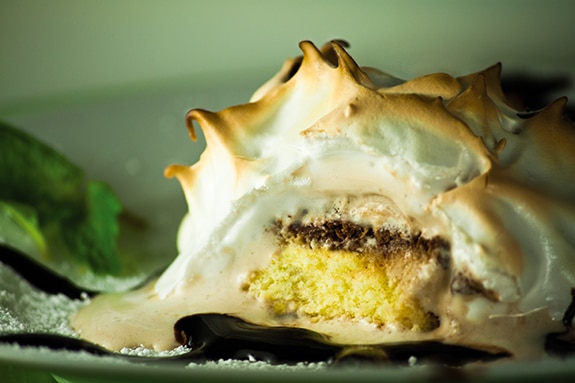22 years ago, while investigating the reason for my frequent headaches, body aches and flu like symptoms, I made an amazing discovery while going through my cupboards checking labels.
They all had one thing in common…Monosodium Glutamate.
I was shocked!
MSG was in everything! The soups, chips, crackers, coffee creamer, canned foods, hot drinks, salad dressings, prepackaged and prepared foods. The items that didn’t have MSG had something called Hydrolyzed Vegetable Protein, Sodium Caseinate and Autolyzed Yeast Extract which is just another name for Monosodium Glutamate. I found out that if the label say’s No MSG added, its because it’s already there hidden under these other names.
It was shocking to see just how many of the foods we feed our family everyday is filled with this stuff.
But it didn’t stop there. When our family would go out to eat, we started asking the servers what menu items had MSG. Many employees, even the managers, swore they didn’t use MSG. We would ask for the ingredient list and sure enough MSG was everywhere.
I wondered why MSG was in so many of the foods we eat? Is it a preservative or a vitamin? Why didn’t I know about it? After months of research, I found out it’s neither. MSG is added to our food for the addictive affect it has on the human body. MSG tricks you into thinking the food taste good.
It’s not a taste reaction it’s a chemical brain reaction, you “think” what you are eating tastes good so you eat more.
Could it really be MSG that was causing all my aches, pains and flu like symptoms?
I put it to the test…I began eliminating MSG and all it’s hidden sources from my diet. It was a long process. At home it was easy to eliminate these things, on the boat it was a bit more challenging because I couldn’t run to the corner grocer if I needed a special item. I learned how to cook from scratch without all the packaged and prepared foods and eat more fruits, vegetables and fish.
Two decades of cooking from scratch at sea in the tiny galley on the LaDonna Rose, is what formed my recipes and cookbooks. Every summer I stock our boat with items to cook nearly all the recipes in Alaskan Rock’n Galley and Salmon, Desserts & Friends.
Having cleaned up my diet, I would become aware of the times I would get MSG. I found MGS has a time delay of about two to three days. My headaches would always be tracked back to what I ate two to three days before. I feel this is very important to understand, because typically when we don’t feel good we say to ourselves, “what did I eat today or yesterday to make me feel this way?”. In reality, it was what I ate a few days ago that was effecting me.
People have said to me, ” I am not effected by MSG, I’m not sensitive to it”. MSG is not an allergy it’s an Excitotoxin. Everyone is sensitive to toxins, the effect it produces is silent for some people.
I urge you to do your own research on the effects of MSG. I have included a couple links to help you become more informed, for your health and the health of your loved ones.
http://www.msgtruth.org/
http://www.msgexposed.com/
http://www.truthinlabeling.org/hiddensources.html
http://www.livestrong.com/article/13823-no-msg-foods/



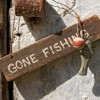

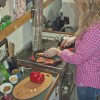




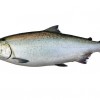







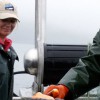









 Follow me Facebook
Follow me Facebook Follow me Instagram
Follow me Instagram Follow me Pinterest
Follow me Pinterest